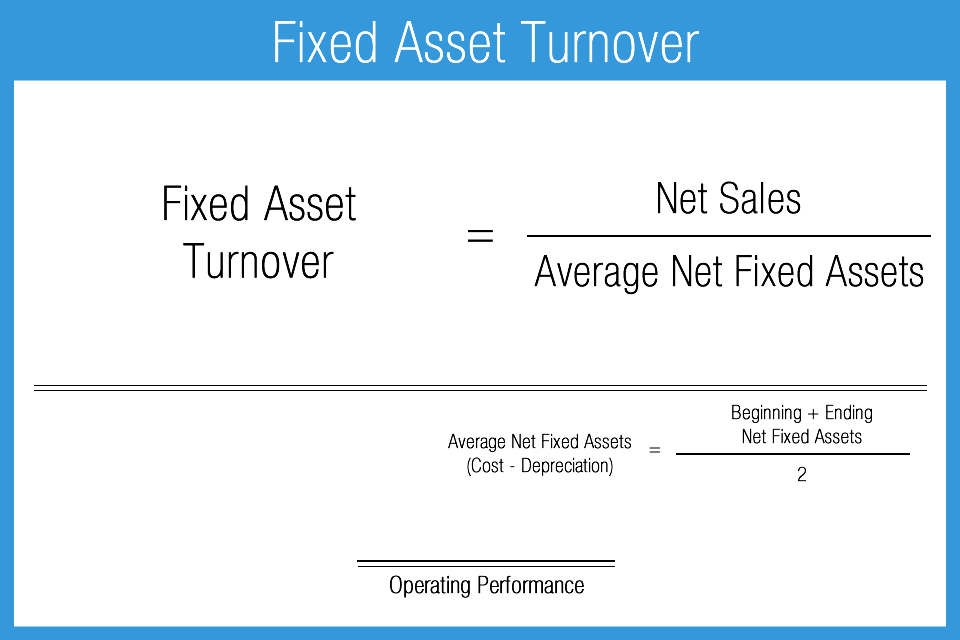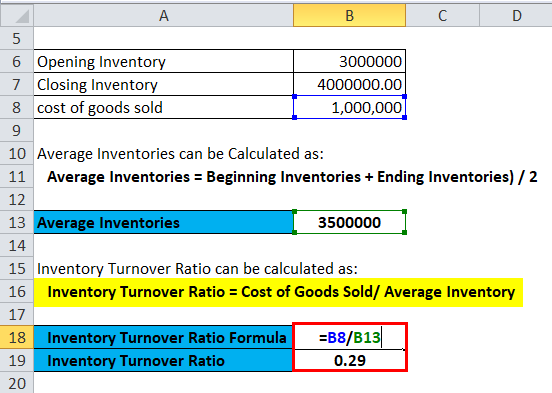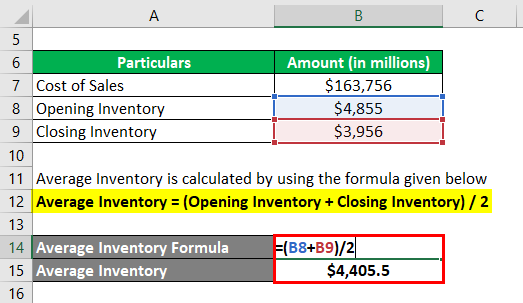
However, because every industry has its own unique characteristics that affect inventory turnover, comparison across industries may not yield accurate analysis.įor even more actionable data, businesses leveraging eTurns TrackStock can use the following calculation:

Calculation based on COGS: While COGS is an important metric for any business, it does not take into account all aspects of the true cost of inventory.A few limitations of this metric include: While the inventory turnover ratio provides valuable insights, it is also important to keep in mind that it does not necessarily capture the entire picture. Similarly, low inventory turnover ratio may mean that a company is carrying too much product, which can hurt their bottom line due to carrying costs and obsolescence. This is not necessarily a positive indicator, since stockouts mean that customer demand is not being met. For example, a company may have a high inventory turnover ratio if they experience frequent stockouts, because their average inventory on hand is low. Inventory management: Companies without a dependable inventory management strategy are more likely to see abnormalities in their inventory turnover ratio.Lower turnover may point to a period of lower sales or a dip in customer demand. Sales fluctuations: Many companies use inventory turnover ratio to analyze the success of their sales and marketing efforts.Industry dynamics: Product perishability, seasonality, customer trends, and other industry-specific aspects all play a role in inventory turnover ratio.There is no predetermined, one-size-fits-all goal for inventory turnover ratio because a wide range of factors impact inventory turnover. Alternatively, you can average the inventory value at the end of each month of the year to get average inventory on hand.įactors That Affect Inventory Turnover Ratio To calculate average inventory on hand, add the value at the end of the period (such as the year) to the value at the beginning of the period, and then divide by two. This term refers to the amount a company paid for its inventory.Ĭalculating the average inventory on hand for the denominator in this formula accounts for seasonality effects. Cost of goods sold (COGS) is also known as cost of sales. It’s essential to understand each element of this formula in order to come up with the correct calculation. Inventory Turnover = Cost of Goods Sold (over 12 months) ➗Average Monthly Inventory On Hand The formula for calculating inventory turnover ratio is as follows: Through this process of evaluation, businesses can better optimize their inventory on hand in order to meet customer demand while avoiding unnecessarily high carrying costs and expiring inventory. In other cases, abnormally high inventory turnover ratios can signal insufficient inventory with a risk of stock outs.Ĭalculating inventory turnover ratio and making adjustments in your inventory management practices can help you notice and address issues such as obsolete inventory and stockouts.

For example, if a company’s inventory turnover ratio is lower than the industry average, they may need to carry less inventory. This metric can help shed light on the impacts of poor inventory management that may not have been noticeable before.
FORMULA FOR INVENTORY TURNOVER RATIO HOW TO
Learning how to calculate inventory turnover ratios and apply your findings to your business operations moving forward can help you make critical decisions. Why Is Inventory Turnover Ratio Important? This financial metric, also called stock turnover or inventory turnover rate, can shed light on how effectively a company is utilizing its assets (inventory) to generate sales. Inventory turnover ratio refers to how quickly a company’s inventory is sold and replaced within a set period of time, such as one year or one month. This important metric can help businesses to better understand and, if needed, shift their approach to inventory management. One such efficiency ratio is the inventory turnover ratio.

As a whole, metrics like efficiency ratios can help businesses to assess their own performance in using assets effectively. One of the best strategies for strengthening your bottom line and boosting efficiency within your business is to take a closer look at inventory management data.


 0 kommentar(er)
0 kommentar(er)
